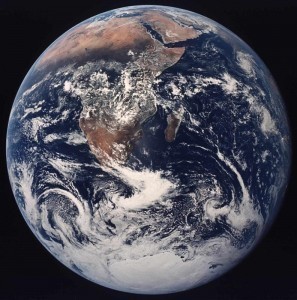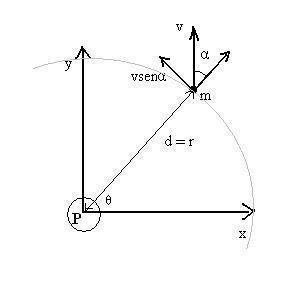Average Earth Diameter
The average earth diameter is 12,742 km. In the metric system this would be 7,926 miles. The earth is not a perfect sphere, so other numbers are needed to explain its diameter.
Pole and Equator Diameters
The planet is a bit flattened due to its rotation. This means the diameter is bigger at the equator compared to the poles. At the poles, the diameter is 12,713 km; at the equator it is 12,756 km. Scientists have studied the earth extensively. The following are some other interesting facts and figures about the planet.
Density
Among the terrestrial planets, earth is the densest. It is primarily composed of the core, mantle and crust. Of these layers, the crust is the thinnest. The mantle makes up over 80% of the planet’s volume. It goes down some 2,900 km into the surface. Its core is liquid covered by solid materials. Due to the average earth diameter, it is considered the biggest of the terrestrial planets. However, it pales in size compared to Jupiter’s diameter of 142,984 km.
The Shape of the Earth
The earth is called an ellipsoid due to its shape. Aside from rotation, local topography affects the shape of the planet. The effect is only apparent in localized areas. Overall, the effect is miniscule. Locally speaking, the most prominent effects are mountains. Mt. Everest is the highest at 29,035 ft. The deepest point is the Mariana Trench at 35,840 ft below sea level. Although the figures sound impressive, they are minimal overall.
Other Facts about the Earth
The distance from the earth to the sun is 149,669,180 km (93,020,000 miles). From the earth to the moon it is 384,403.1 km (238,857 miles). The peak of Ecuador’s Chimborazo volcano is the farthest from the center of the planet. The distance is 20,561 feet. The reason is the oblateness of the planet.
The Dead Sea is the lowest elevation on land, 1369 feet below sea level. The highest temperature recorded was 57.7 C / 135.8 F. This was on September 13, 1922 in Al Aziziyah, Libya. The lowest temperature on record is -89.2 C / -128.5 F. This was on July 21, 1983 in Vostok, Antarctica. Its atmosphere is 21% oxygen, 77% nitrogen plus traces of argon and other elements.
The average earth diameter does not indicate the huge disparity between water and land. Only 29.2% is land; water makes up the remaining 70.8%. According to scientists, the earth was formed 4.6 billion years ago.





